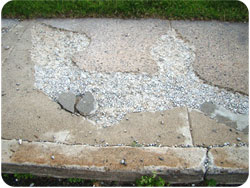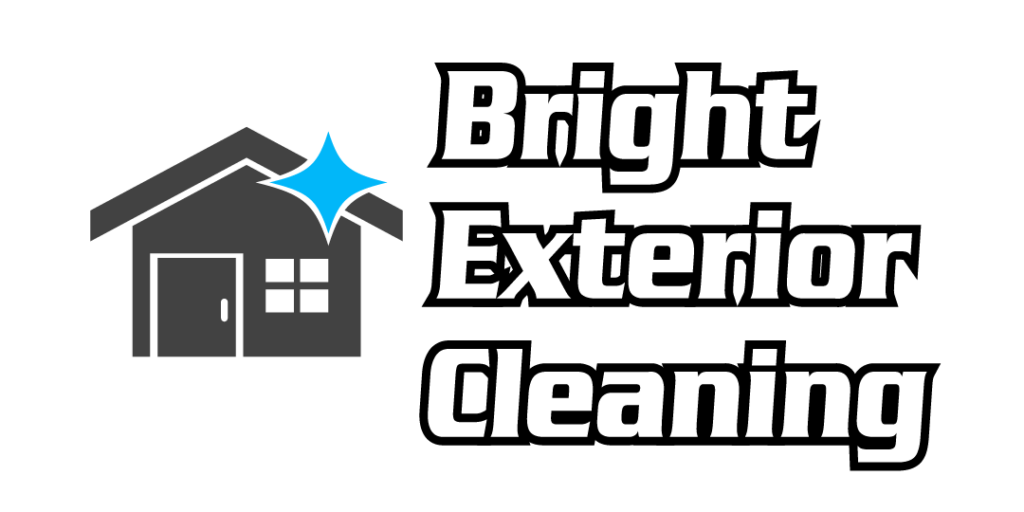Sidewalk cleaning after snow and ice treatments have been applied is vital to keeping your neighborhood and commercial sidewalks in the best shape possible.
While it helps with melting ice and treating walkways during snowstorms – sand, ice melt, and other chemicals can also cause severe damage to concrete and pavement surfaces.
Removing snow is great short-term, but the long-term consequences of using sidewalk treatments can mean cracked and chipped surfaces that will cost money to repair in the long run.
In order to prevent having to repair these items, we have created this guide to help you understand proper cleaning as a property owner/manager!
First, why clean your sidewalks after winter snow removal?
Negative Impact of Ice Melt & Chemical Treatments

Each winter, especially in areas like Northern Virginia and up, precipitation and snow lead to the need for snow/ice removal services.
Shoveling and plowing snow is one thing, but oftentimes chemicals are used to assist in melting the ice still sitting on the surface. In the photo above, magnesium chloride was used to melt ice, but as you can see, it also damaged the concrete.
“Scaling” is the result of using a chemical treatment such as magnesium chloride which is when the concretes hard outer (finished) surface starts to flake and chip. This means a patch will eventually be required before severe cracking occurs. If cracking occurs, then the entire section must be replaced which is expensive.
For example, rock salt – sodium chloride – is harmful to hard surfaces and can damage concrete, asphalt, stone, and brick. In fact, you shouldn’t use rock salt on concrete that is under one year old. While effective at treating roads and sidewalks, it can kill grass, bushes, and also damage concrete and even steel.
Your Options:
Additionally, the freezing and thawing cycle that is created by ice melts can actually contribute to the fracturing of concrete and hard surfaces. At this point you are wondering what you should do and here are the options:
- Use ice melt then be sure to get surfaces cleaned once snow season clears
- Use sand for traction purposes, but remember sand does not help melt ice or snow and also requires cleanup as it accumulates on surfaces
- Just use shovels and plows and deal with possible complaints from customers/homeowners for the unsafe conditions
These options don’t put you in the best position if you’re a property manager or commercial property owner. On one hand, you want to apply a treatment to hard surfaces but on the other, you want to make sure the surfaces stay intact to avoid long-term repair expenses.
No ice is great, but damaged concrete doesn’t sound like the result most property managers/owners are looking for. That is why proper cleaning is essential.
For more, look into the pros and cons of different de-ice chemicals here.
Sidewalk, Patio, & Hard Surface Cleaning after Winter Treatments

Discoloring, crumbling, and fracturing sounds like words we want to avoid in just about any area of our lives, including the walkways and hard surfaces of our commercial properties.
This is why we highly recommend using a professional power washing company to clean all hard surfaces after the winter months!
By properly power washing a hard surface you are effectively:
- removing unwanted icemelts and chemicals from walkways
- gathering any sand used to be prorperly collected and disposed of
- avoiding long term damage to your hard surfaces such as scaling or fracturing of concrete
- protecting pets, kids, and plants near hard surfaces from the harmful chemicals
To do this, we recommend using a commercial sidewalk, curb, and gutter cleaning surface like the one Bright Exterior Cleaning (us) offers!
Bonus: Best Way to Remove Snow & Ice:
The safest and most effective way to remove snow and ice is to use the following methods:
- Plow and shovel snow
- Use a snowblower to assist with deep snow on sidewalks
- Use sand to add traction, just be mindful of the cleanup efforts after the winter
- If you decide to use an ice melt or salt, be sure to clean the surface ASAP
As you can probably see, snow and ice removal can be a tricky situation because it has a cost and rewards no matter what you decide to do. For some areas that get a large amount of snow, residents and customers are more accustomed to dealing with ice/snow.
For areas that only get hit a few times per year, be sure if you use an ice melt you have a cleanup plan after the winter months!
For more pressure washing news be sure to check out the following related articles!

